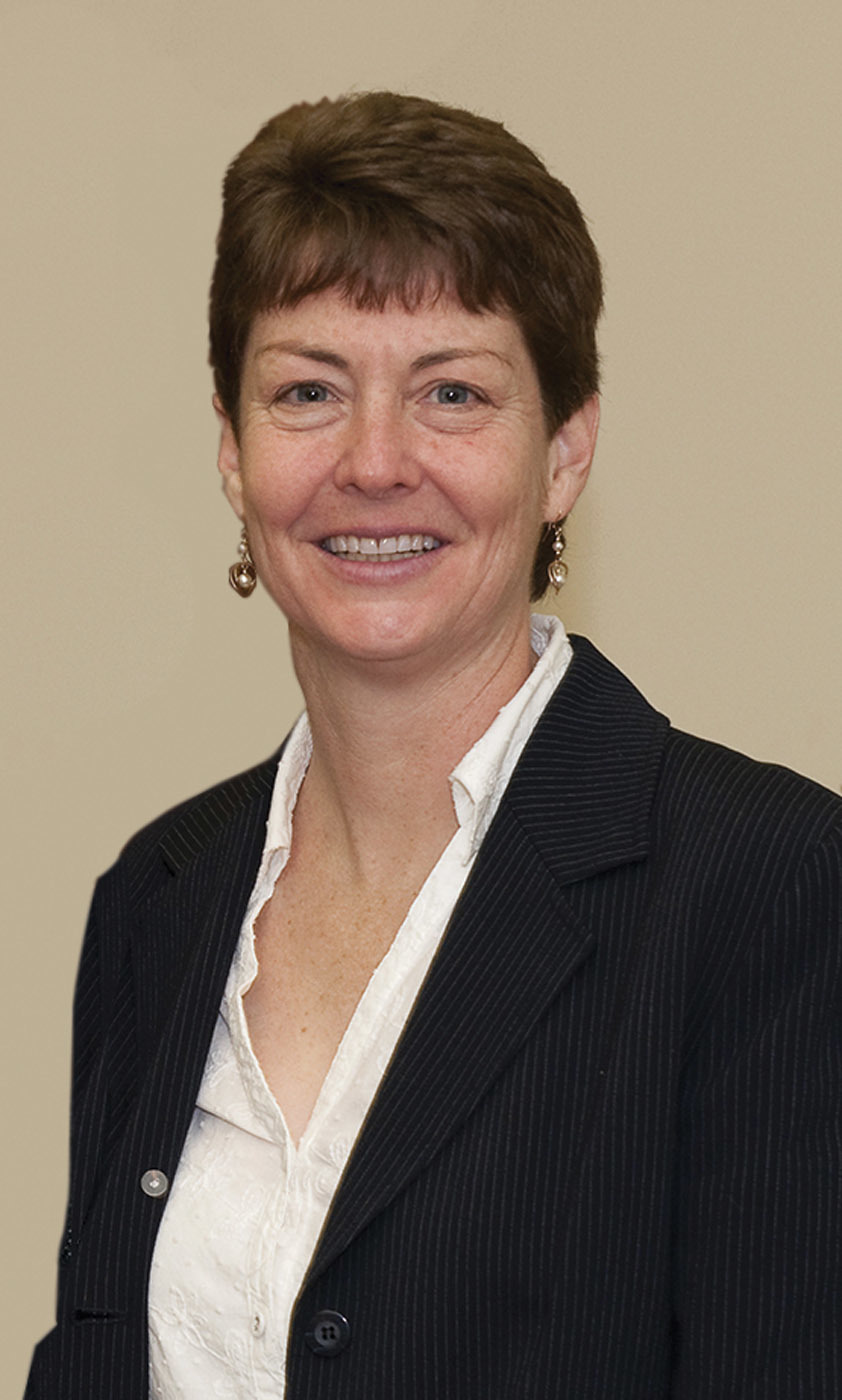New Hampshire Operators Drive Energy Costs Down With Audits and Incentives
New Hampshire’s state government backs audits that help clean-water plants identify areas for energy savings and then helps fund their implementation.
Popular Stories
Discussion
Comments on this site are submitted by users and are not endorsed by nor do they reflect the views or opinions of COLE Publishing, Inc. Comments are moderated before being posted.






